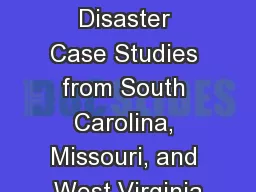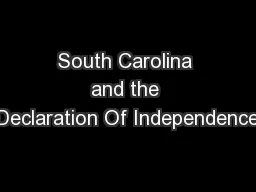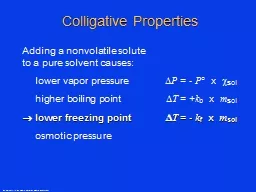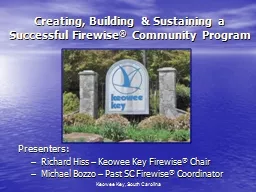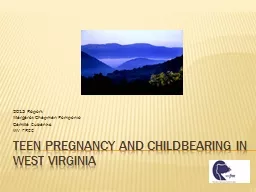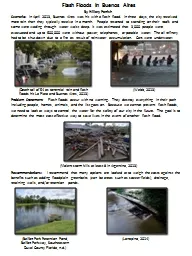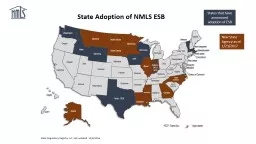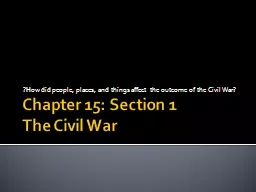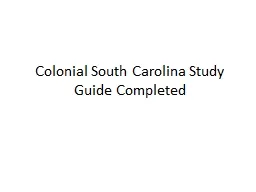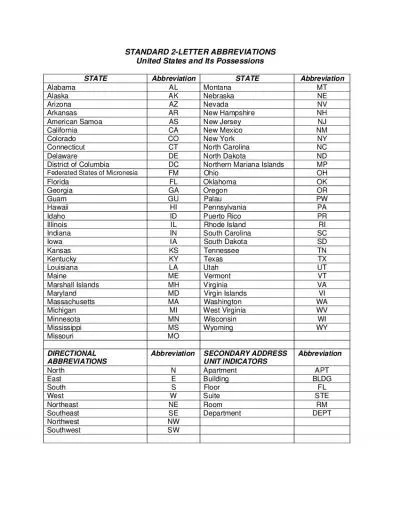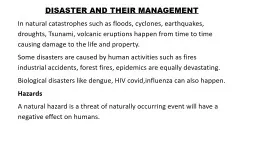PPT-A Tale of 3 Floods: Disaster Case Studies from South Carolina, Missouri, and West Virginia
Author : luanne-stotts | Published Date : 2018-10-11
Agenda Panel presentations 2015 South Carolina Floods 2016 West Virginia Floods 2016 Missouri Floods Questions Open Discussion Presenters Jen Murphy Operations
Presentation Embed Code
Download Presentation
Download Presentation The PPT/PDF document "A Tale of 3 Floods: Disaster Case Studie..." is the property of its rightful owner. Permission is granted to download and print the materials on this website for personal, non-commercial use only, and to display it on your personal computer provided you do not modify the materials and that you retain all copyright notices contained in the materials. By downloading content from our website, you accept the terms of this agreement.
A Tale of 3 Floods: Disaster Case Studies from South Carolina, Missouri, and West Virginia: Transcript
Download Rules Of Document
"A Tale of 3 Floods: Disaster Case Studies from South Carolina, Missouri, and West Virginia"The content belongs to its owner. You may download and print it for personal use, without modification, and keep all copyright notices. By downloading, you agree to these terms.
Related Documents

